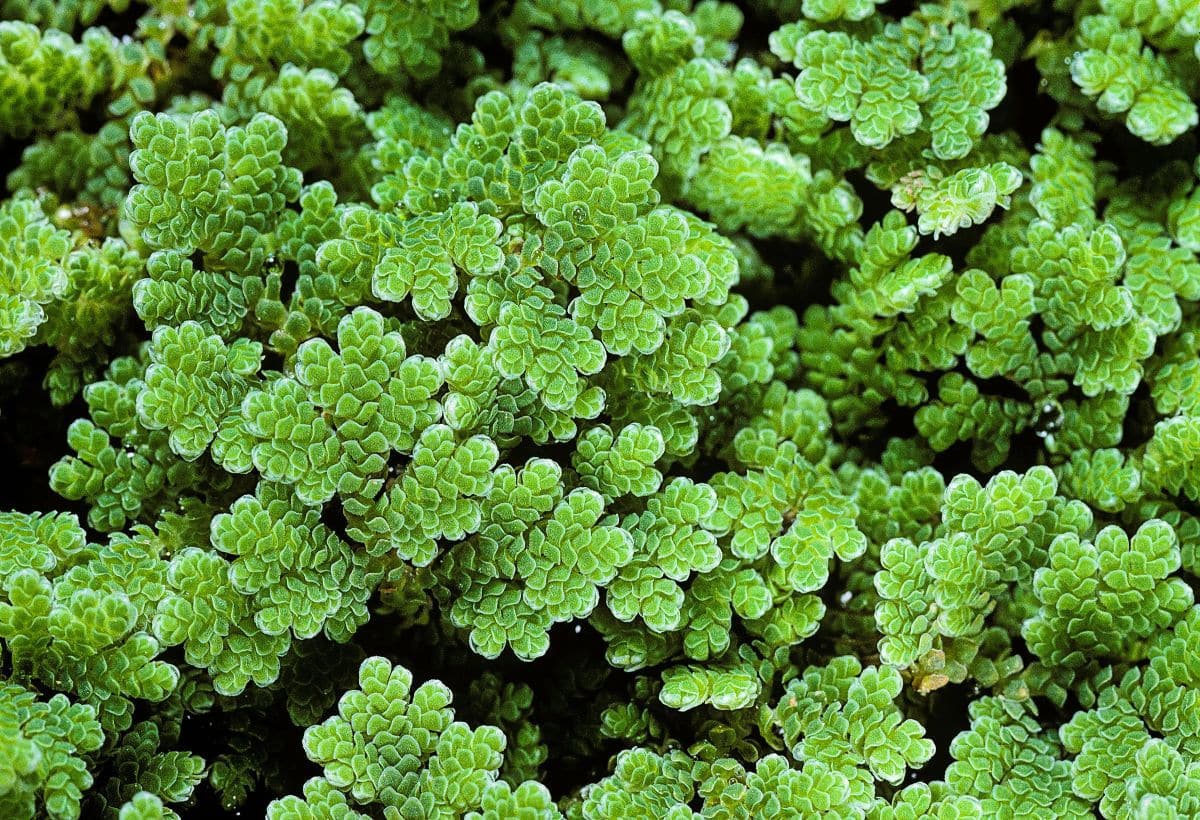Understanding Azolla: The Aquatic Marvel for Farmers
Azolla is a remarkable aquatic plant that has garnered attention for its significant benefits to agriculture, particularly paddy cultivation. This fast-growing fern thrives in shallow waters such as ponds, pools, and wetlands, resembling grass and algae alike. Farmers have discovered that Azolla not only reduces the need for chemical fertilizers but also enhances soil fertility, making it a cost-effective and efficient resource.
Benefits of Azolla
Azolla is packed with nutrients, containing about 3.5% nitrogen, along with a variety of organic compounds. This nutrient profile boosts soil fertility and improves crop production. Moreover, its low lignin content makes it highly digestible for animals. Studies indicate that incorporating Azolla into the diet of dairy animals can increase milk production by 10 to 15%. Additionally, farm animals such as goats, pigs, and chickens can experience a weight gain of 25 to 30% when fed Azolla regularly.
The Nutritional Profile of Azolla
| Nutrient | Percentage |
|---|---|
| Protein | 40-60% |
| Minerals | 10-15% |
| Amino Acids | 7-10% |
| Carbohydrates and Fats | Varied |
How to Cultivate Azolla at Home
According to agricultural expert Dr. NP Gupta, Azolla can be easily cultivated at home with minimal setup. Here’s a simple guide:
- Construct a concrete bed measuring 1 meter wide and 3 meters long, with a depth of about 1 foot.
- Add some soil to the bed and then fill it with water.
- Dissolve 200 to 400 grams of single super phosphate chemical fertilizer in the water to help Azolla thrive.
Once established, Azolla grows rapidly, making it an ideal choice for farmers looking to increase their yield without incurring significant costs. While it was traditionally cultivated in Southern India, its popularity is now spreading to Northern India as well.
Conclusion
With its multitude of benefits, Azolla stands out as a sustainable option for farmers aiming to enhance their crop production and improve the health of their livestock. Its easy cultivation process and the minimal investment required make it an attractive choice for those involved in agriculture.









